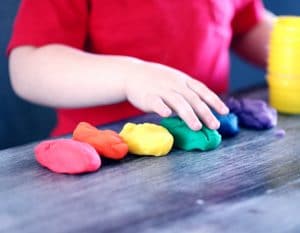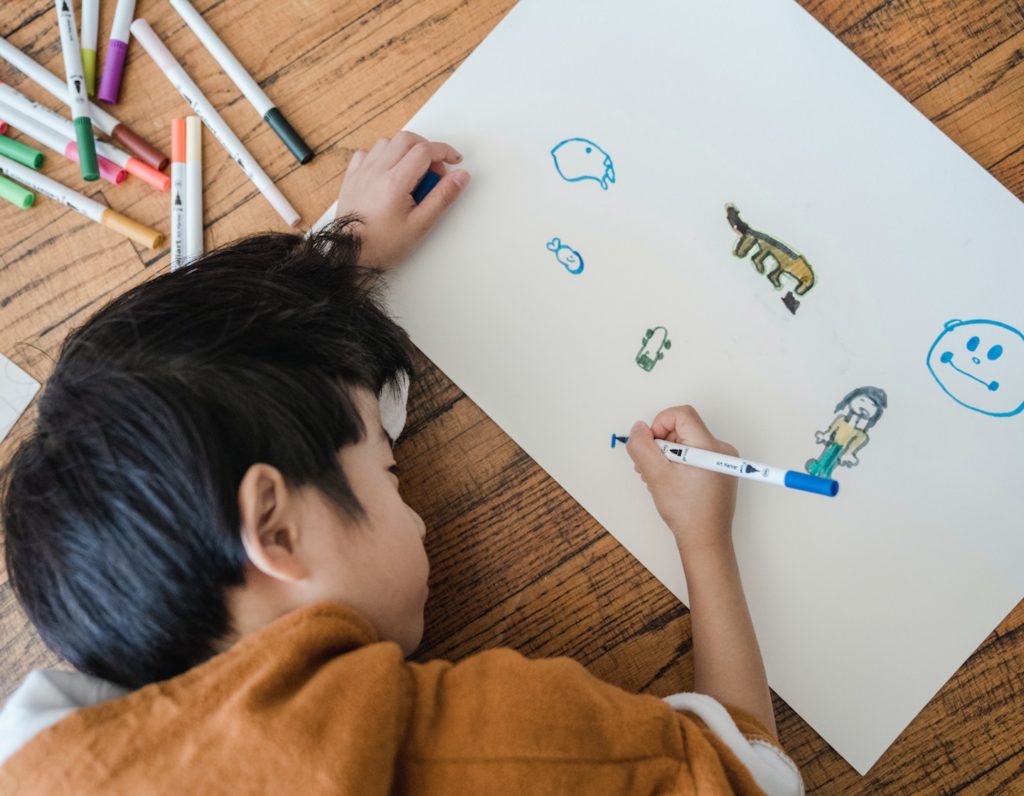

We love to see kids’ imagination let loose on paper, whether that’s random doodling, painting, or sketching. Get tips from an art teacher and mama on teaching kids to draw.
Drawing is like learning how to play an instrument, the more you practise the better you become. Lines, shapes and colours are like notes, each playing a part in making music on paper or canvas (and it takes time and commitment). To teach your kids how to draw is to explain and show them that practice gives you confidence and confidence empowers you. Once you have taught them that, you have given them all the notes in the scale and all the colours in the rainbow. As a parent, you do not have to be a musician or an artist to help encourage, support and nurture your child within the arts. You just need to know a few notes to help them get started. Here are five simple ways you can help model and teach your kids how to draw.
Read more: Messy Play: Get Your Hands Dirty With Sensory Play
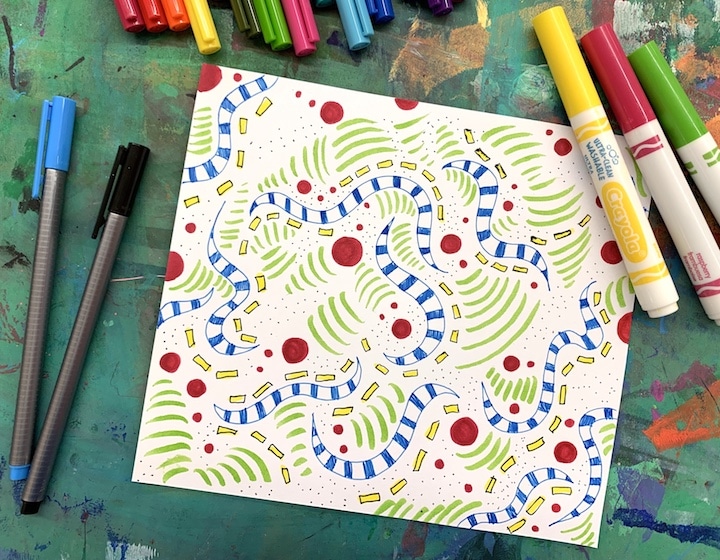

Doodling
Doodling is the equivalent to tapping a few keys on a piano. Anyone can do it and by allowing yourself to play, you can learn from each note and every mark. Doodling can be as simple as repeating lines, shapes and colours to build patterns or drawing stick figures. Doodling is the act of letting go and allowing your hand to play on paper. Whether it is on a placemat at a restaurant or a sketchbook devoted to doodling, encourage your child to doodle and teach them that their drawings don’t have to look like anything. Invest in some new markers, pens or pencils to provide them with the instruments to play. Each mark made is learning how to create through the act of playing. Remember, Beethoven played a lot of notes before he wrote a symphony.
Read more: The Best Art Classes And Creative Workshops For Kids In Hong Kong
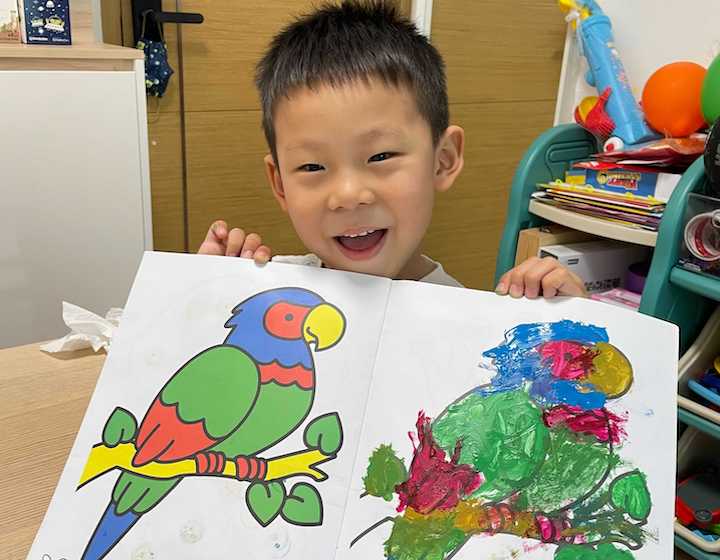
Use References
It is a lot easier to play the notes of a song when you have the sheet music. The same goes for drawing. When you have a picture or an image to use as a reference, it provides visual information to help base drawings off of. Expecting children to be able to draw something and someone real and representative (not imagined) is like asking them to learn the piano by listening. Referencing an image, picture or illustration as you draw is not copying; it is practising the song to later play it from memory. Whether it is an image from the internet or from a step-by-step “How To Draw” book, making references available and encouraging your child to use them is helping to build their confidence and set them up for success.
Read more: 10 Easy Art Activities At Home For Parents And Kids
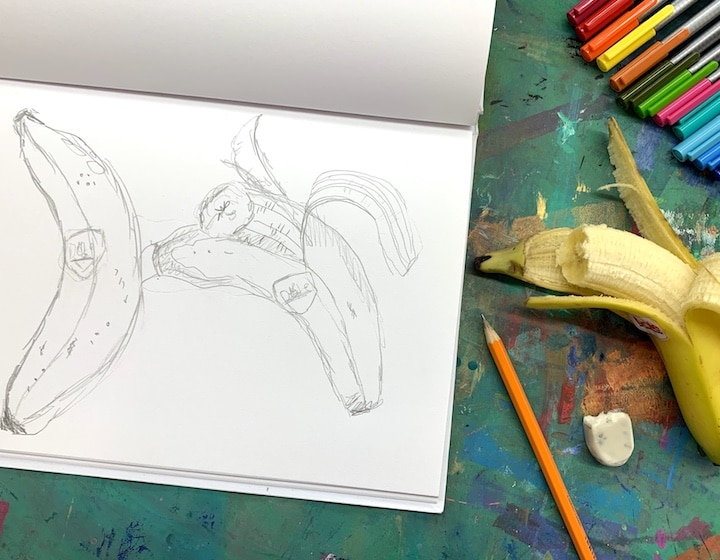

Observational Drawing
Observational drawing is drawing what your eyes see – life drawing, still lives and renderings. It is very challenging trying to recreate realistic drawings based on real-life even for the most practised artists. Training your eyes to connect with your hand only happens through practice and patience. For children, start by having them practise drawing their toys, a house plant, their stuffed animals and break down the objects into simplified shapes and lines to help them practice looking like an artist. Here is a small and easy-to-follow video tutorial introducing observational drawing to kids by using a piece of fruit as the subject. A fun way to practise observational drawing as well as a chance to have a snack for break time!
Read more: Toy Stores In Hong Kong: Where To Buy LEGO, Jellycat, Fidget Spinners And More
Imaginative Drawing
Imaginative drawing is drawing what your mind sees. This is often what children do automatically. Young children often produce drawings that tell larger than life stories but when they are a bit older they become more self-conscious of what they can produce as society often judges art ability on being able to draw realistically.
Imaginative drawing improves when you have more of a visual library to pull from after practising observational drawing. Like looking at the object or reference, the picture in your mind is what you’re trying to present, therefore the easier you can render images the easier you can draw from your imagination. Like observational drawing, set time aside to have your child practise drawing with their eyes and their mind. Here is a list of 100 silly imaginative drawing prompts to help get you started.
Read more: Hobbies You Can Explore At Home With Your Children
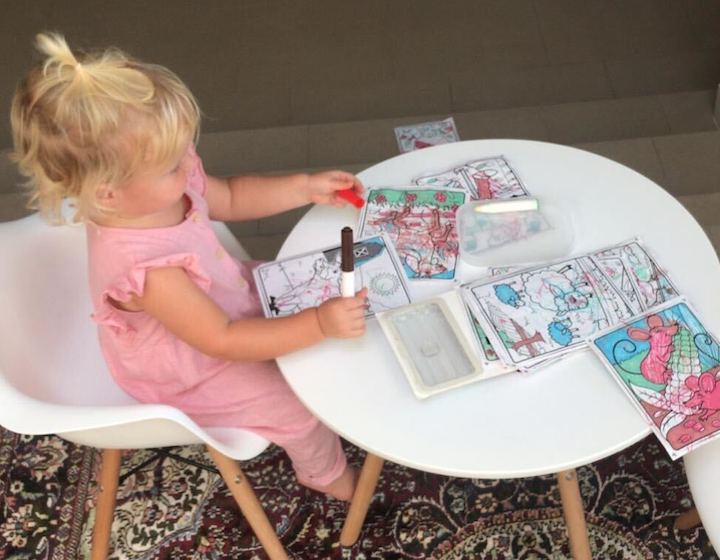

Just Make A Mark
One of the way to teach kids to draw is just get them started! The message in the children’s book by Peter Reynolds, ‘The Dot’, is that if you don’t know what to draw, make a mark and see where it takes you. A single dot, a wiggly line or a paint splatter can help break the silence of the page, paper or canvas. Too much freedom can be overwhelming so a reference point such as a mark can help give context making it easier to think creatively within the provided parameters. What can this squiggle be? Can I turn this smudge into an animal? Here is a little lesson based around The Dot as well as Barney Saltzberg’s book, Beautiful Oops to demonstrate how you and your child can turn oopses, dots, squiggles and splatters into works of art.
Read more: Handmade Gifts That You Can Make With Your Child
Editor’s note: This post was originally written by Kit Lang in March 2020, and updated most recently by Fashila Kanakka in March 2022.
 View All
View All











 View All
View All





 View All
View All


 View All
View All







